Smoke Removal Services for Indoor Air Quality
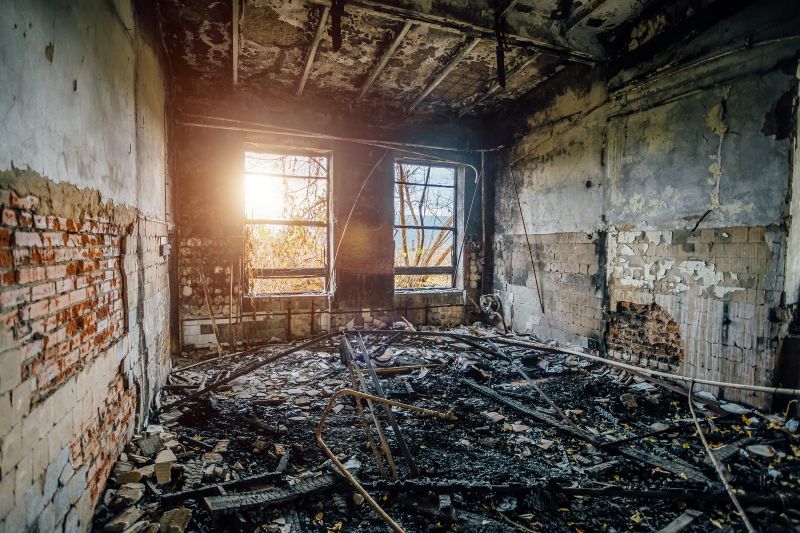
Timely smoke removal after a fire minimizes damage and restores safety.

Certain seasons offer better conditions for effective smoke remediation.
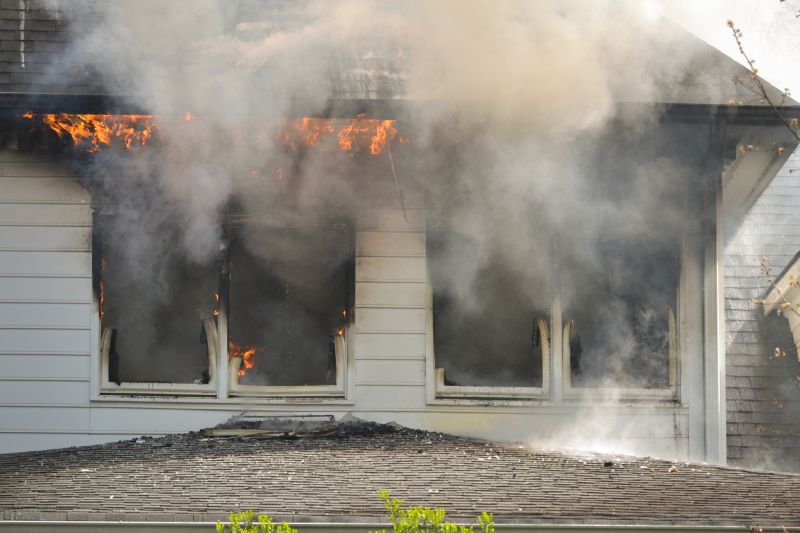
Immediate action is crucial for smoke damage caused by accidental fires.
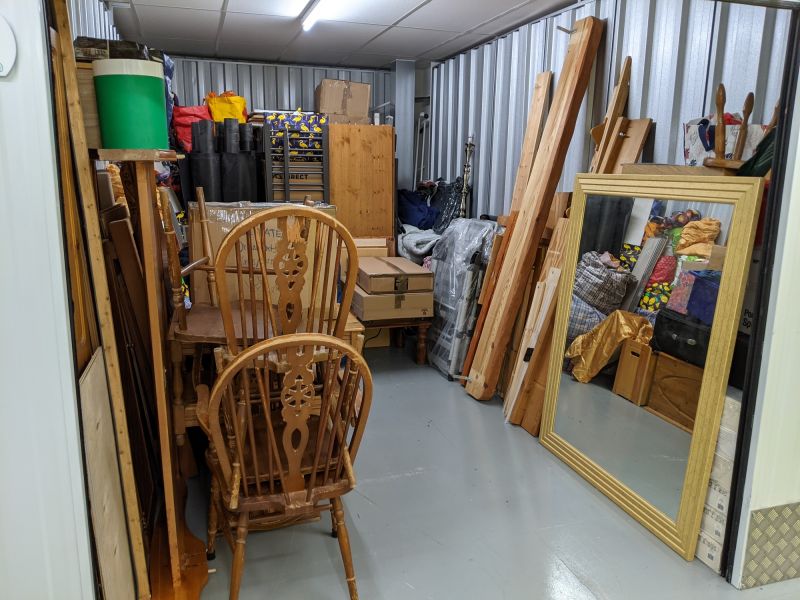
Ways to make Smoke Removals work in tight or awkward layouts.
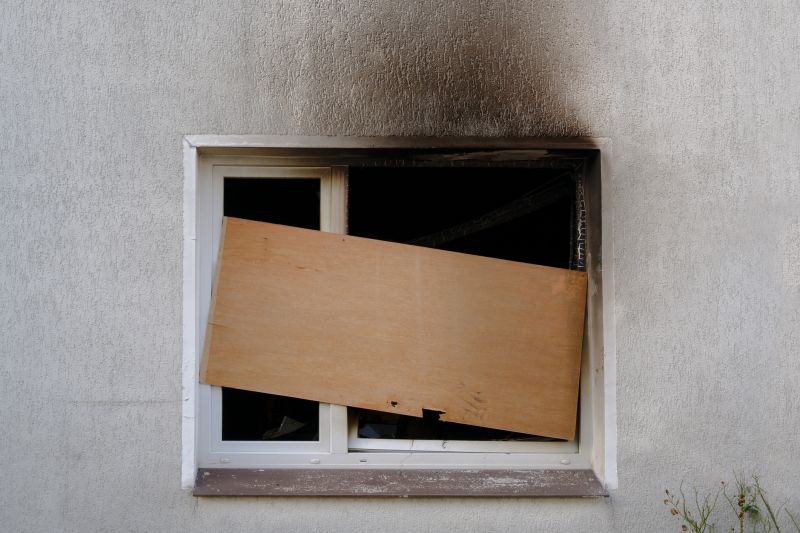
Popular materials for Smoke Removals and why they hold up over time.

Simple add-ons that improve Smoke Removals without blowing the budget.
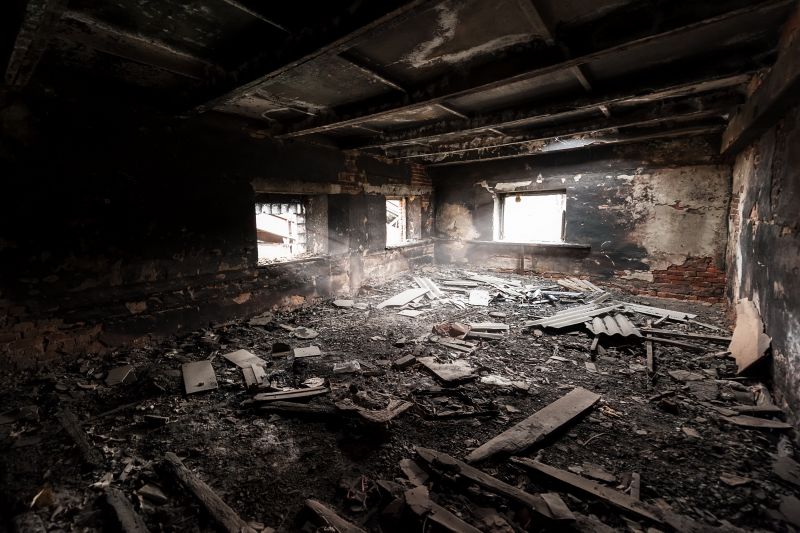
High-end options that actually feel worth it for Smoke Removals.
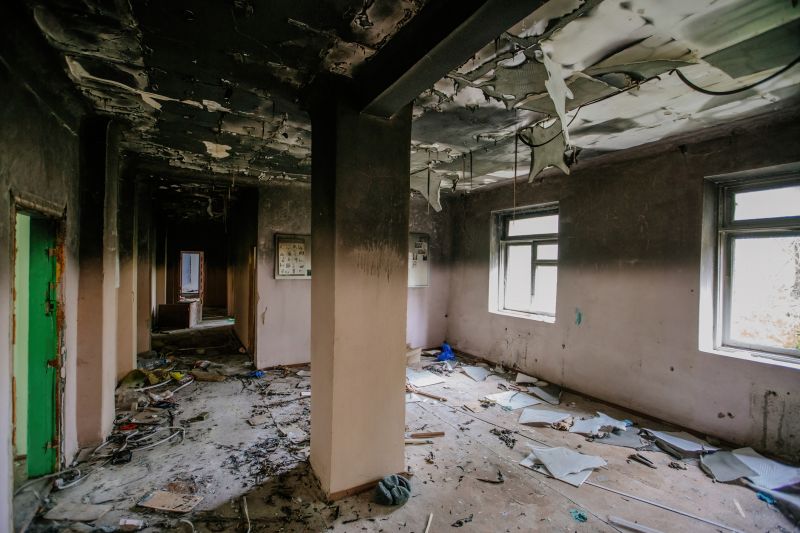
Finishes and colors that play nicely with Smoke Removals.
Smoke removals are essential for restoring indoor air quality and preventing long-term damage after fire incidents. The process involves specialized cleaning methods to eliminate smoke residues, odors, and harmful particles. Proper timing ensures that smoke damage is addressed promptly, reducing the risk of structural deterioration and health issues.
Statistics indicate that immediate smoke removal can reduce cleaning costs significantly and improve the effectiveness of odor elimination. Delaying smoke remediation can lead to persistent odors, increased cleaning complexity, and potential health hazards. Optimal timing depends on factors such as fire severity, weather conditions, and the extent of smoke infiltration.
Perform smoke removal as soon as possible after a fire to prevent residues from setting.
Dry, mild weather conditions facilitate more effective smoke cleaning and odor control.
Immediate action is recommended following accidental fires to minimize damage.
Spring and fall often provide optimal conditions for thorough smoke remediation.

Effective removal prevents staining and lingering odors.
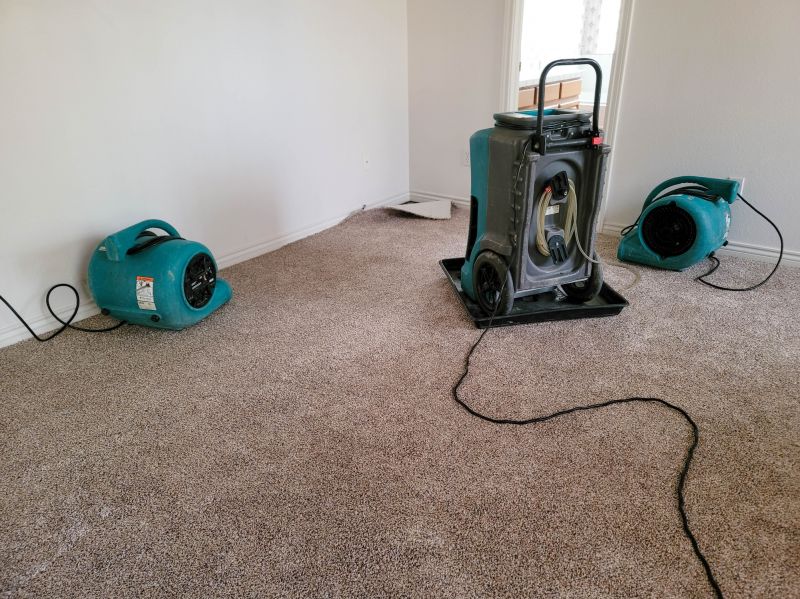
Utilized during smoke remediation to capture airborne particles.

Initial evaluation guides the timing and scope of smoke removal.
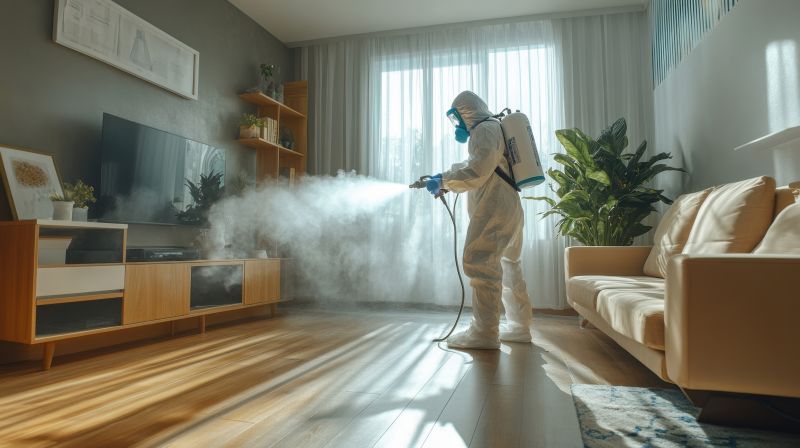
Specialized equipment enhances the effectiveness of smoke mitigation.
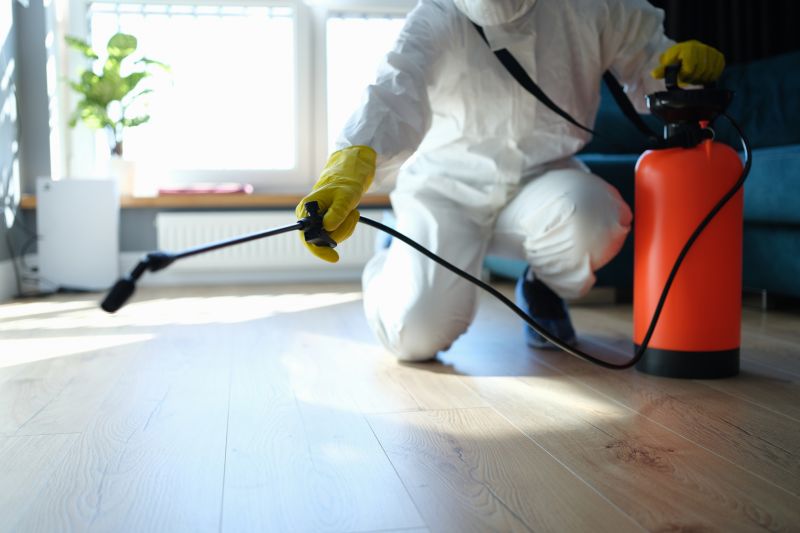
Techniques applied during optimal timing to eliminate stubborn smells.
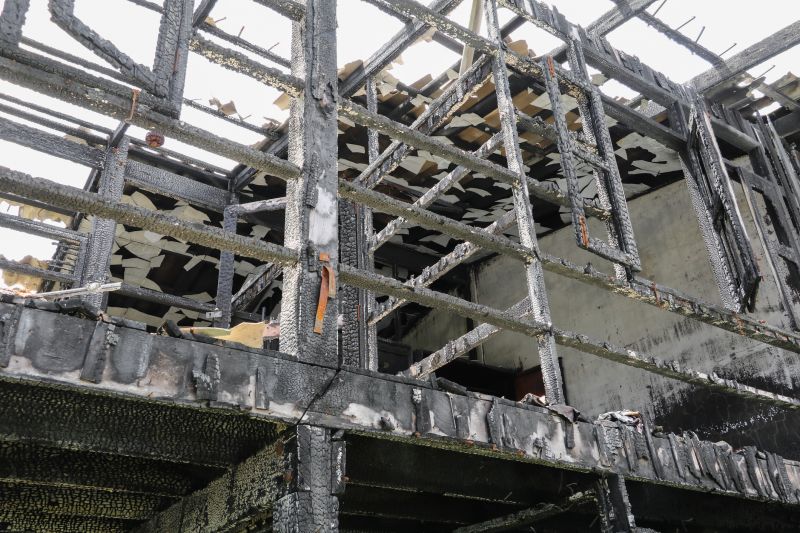
Timing of smoke removal considers potential structural impacts.
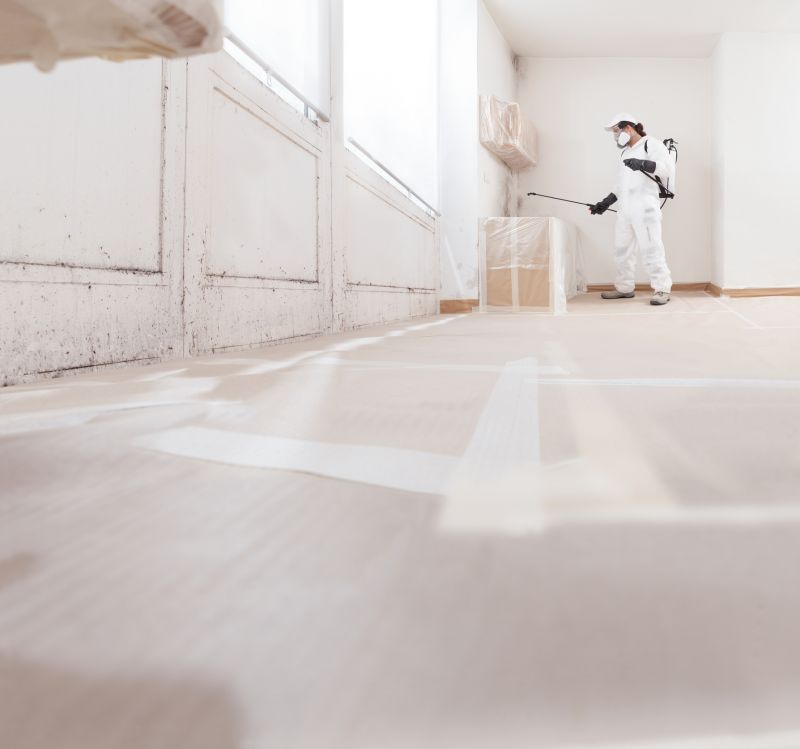
Addressing smoke early reduces moisture-related issues.
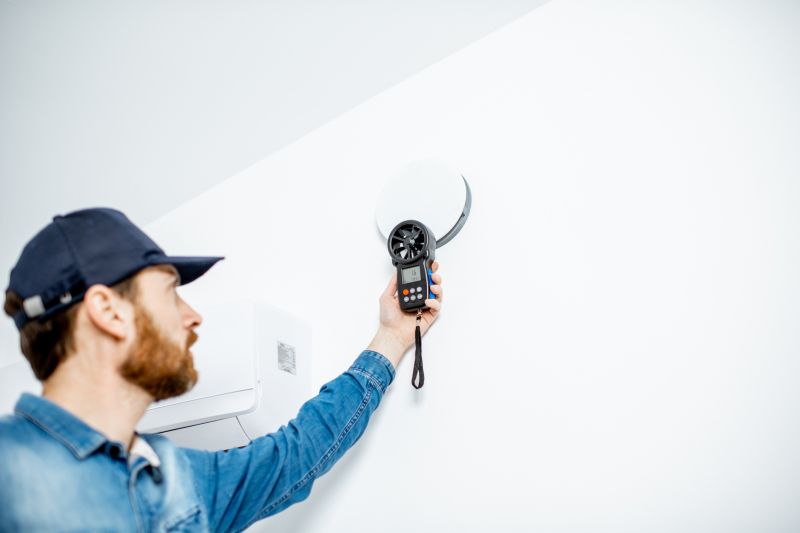
Performed before and after removal to assess effectiveness.
| Timing Factor | Impact on Smoke Removal |
|---|---|
| Immediate Post-Fire | Reduces residues and odor persistence. |
| Dry Seasons | Facilitates quicker and more thorough cleaning. |
| High Humidity Periods | May complicate removal due to moisture. |
| Off-Peak Seasons | Allows scheduling during less busy periods. |
| Weather Conditions | Wind and rain can influence timing and effectiveness. |
| Property Occupancy | Timing may depend on occupancy to minimize disruption. |
| Availability of Equipment | Optimal when specialized tools are accessible. |
| Assessment Completion | Timing after thorough inspection ensures targeted removal. |
Understanding the optimal timing for smoke removals can significantly impact the effectiveness of remediation efforts. Immediate action following a fire is recommended to prevent residues from settling and odors from becoming more difficult to eliminate. Seasonal factors and weather conditions also play a role in determining the best window for comprehensive smoke cleaning.
Proper timing ensures that smoke residues are effectively removed, odors neutralized, and indoor air quality restored. Consulting with professionals can help identify the most suitable time for smoke remediation based on specific circumstances and environmental conditions.

Evaluations help determine the best timing for effective removal.

Timely deployment enhances cleaning results.
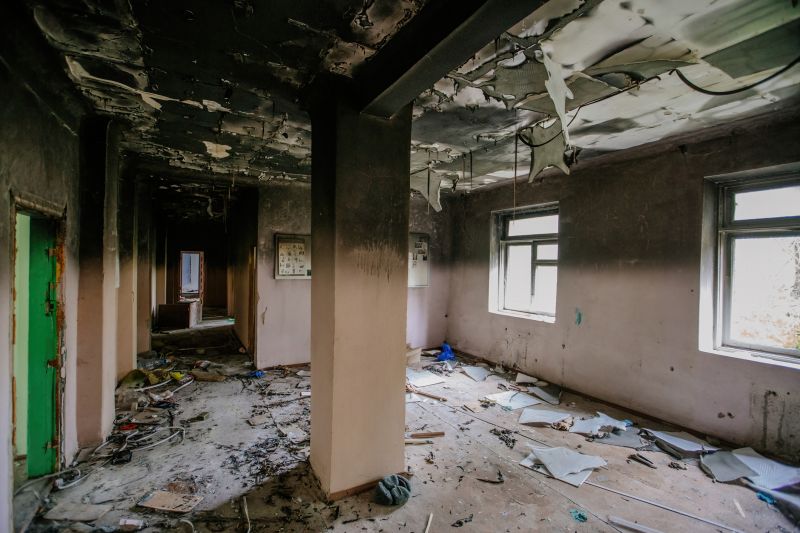
Proper timing supports comprehensive property restoration.
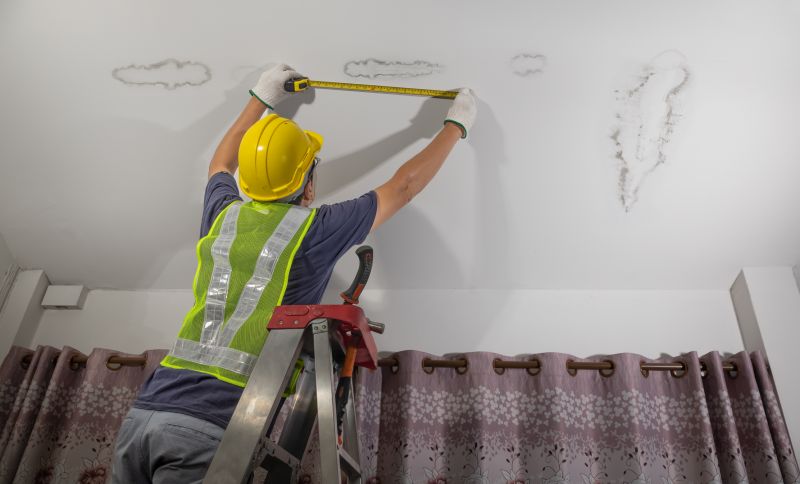
Little measurements that prevent headaches on Smoke Removals day.

A 60-second routine that keeps Smoke Removals looking new.

A frequent mistake in Smoke Removals and how to dodge it.
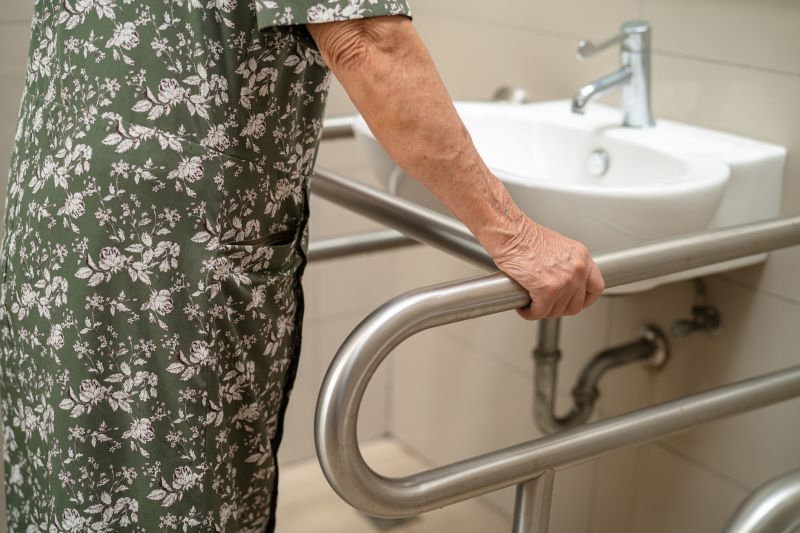
Small tweaks to make Smoke Removals safer and easier to use.
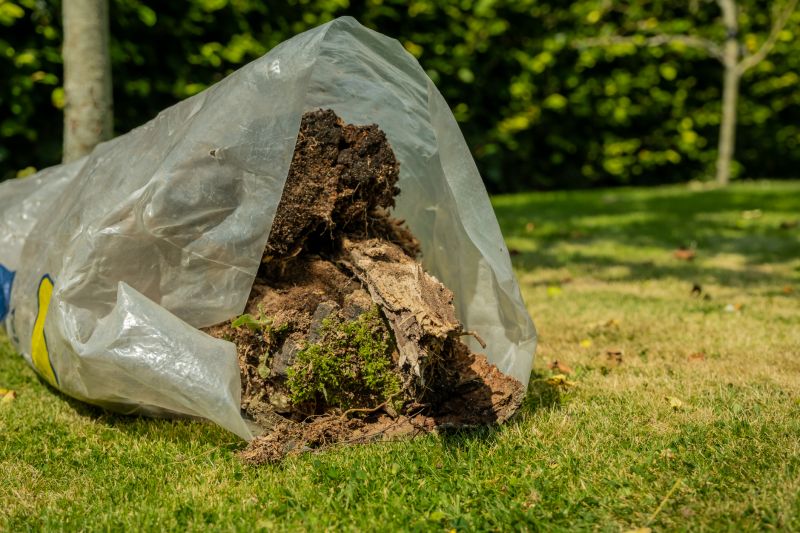
Lower-waste or water-saving choices for Smoke Removals.
Interested in smoke removal services? Filling out the contact form can provide detailed information tailored to specific needs and circumstances.



